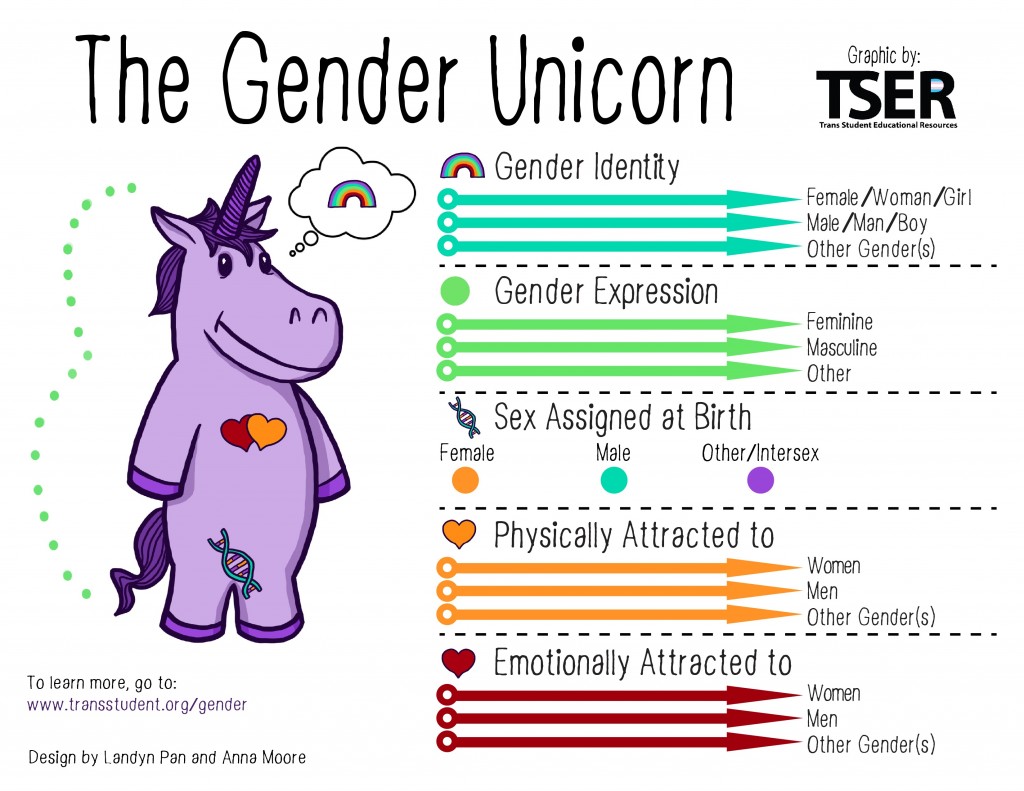Last night I attended a fundraiser held in connection with Rainbow Resource Centre, largely through the dedicated effort of just a few very special people in our community. It was a beautiful night: we sat in a lovely garden and ate amazing handmade foods and generally enjoyed the gifts of a prairie night in late summer.
As you can see from the invitation below, the goal of the fundraiser is to support a fund that helps trans folks purchase new ID. For an average person transitioning, new identification showing their changed gender can cost around $500 and may have to be applied for more than once if there is a subsequent name change.

Last year, Manitoba made changes to the vital statistics process no longer requiring proof of surgery to change your gender identification, which is an important first step to making ID more accessible and equitable.
However, because the vast majority of our most critical ID pieces still require gender identification, there is a still a great deal of time and cost involved in this process; one that is very important to ensuring trans folks have safe and equitable access to everything, from health services to housing.
When these discussions come up at both Klinic and SERC, we are sometimes asked what is gender really? What is the difference between gender and sex?
Therefore, I am sharing a common teaching tool that is used to talk about the combination of gender, sex, and attraction that help form our identity.
Meet the Gender Unicorn:
The reality is that the concept of gender in society is complex in a manner that is very difficult to categorize on a small trifold or single page card that you keep in your wallet. I would suggest, that as a society, we have certainly reached a point where we understand that it can not be encapsulated into two check boxes. So what do we do? Well I think the first question we need to ask ourselves is why is it so important to us that every official document about us state our gender or our sex– is it really necessary? Can we let go of this way of looking at ourselves in the world in binary terms? It seems Ontario thinks we can… perhaps this is our next step?
Back at the party full of good will and big hearts, I meet a transwoman who shares a bit of her story with us. Coming out as trans to her adult children and family members in her late 50s was unimaginably difficult, though she shares that her children greeted her with love and support that keeps her strong. She has needed that love and support, because when she came out to her employer she was promptly dismissed from a long-term, well-paying job and has spent much of what should have been her golden years searching for employment, re-training and trying to live in a variety of substandard accomodations. This is an example of the everyday stigma and discrimination that is reflected in the life statistics of trans folks, consistently shown to be a population that experiences more violence and higher rates of poverty, unemployment and poor housing that almost any other group in our society.
Change comes slowly. Those of us who have spent much of our lives trying to move us in small incremental steps towards a more equitable and just society know that patience is required. I imagine it is hard to be patient when you are the one who can’t find a job or can’t get housing, and possibly one of the reasons is that you cannot afford to change your ID to match who you are. I know I would find it very hard to be patient.
However, on the change comes slowly piece, this week is also a week of small celebrations as the Manitoba Legislature announces the coming addition of it’ first gender neutral washroom.
This is hopefully a sign of change to come in other important government buildings. Like the ones we have to go to when changing our ID.
To donate the the Trans ID fund email info@rainbowresourcecentre.org.



